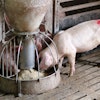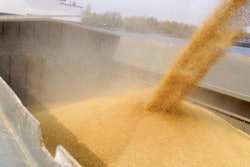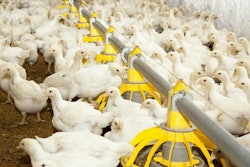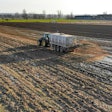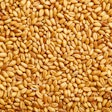
California professors dream of open-source, online tool for assessing aquafeed
Eight years ago, one of the top priorities on Professor Anne Kapuscinski’s radar was developing a replacement for fish meal. Today, she says, the industry is exploring many alternatives — and needs an effective tool to assess the economic viability and environmental impact of each aquafeed ingredient.
“After attending F3, even though we had been seeing lots of research, we realized there is this amazing flourishing going on,” she said. “But we lack clarity of what ingredient will have what economic and environmental impact. … We realized we needed a tool that everyone could use.”
Kapuscinski got her wish — or at least the ability to make it happen — in September, when her team at the University of California Santa Cruz received just under $250,000 from the National Sea Grant program, a division of the National Oceanic and Atmospheric Administration, to build the digital models she and her colleagues envisioned.
While similar projects exist for other industries, Kapuscinski said, the considerations and challenges of aquaculture are unique, requiring the development of a stand-alone tool. She also believes aquaculture will benefit from a tool that assesses the nutrition, financial cost and environmental footprint simultaneously — it doesn’t matter how much potential an ingredient has for reducing fishmeal consumption if producers can’t afford it. Similarly, an alternative that is not easily digested could increase the amount of nutrients in an operations’ waste water.
Kapuscinski also believes the tool needs to be open-source — available to everyone online, and open to the contributions of others to adjust for the rapid pace of research and growth taking place in aquaculture.
But before they can build a model that does all that, and make it available to the public, the team must assemble the results of trials and studies that examine each potential ingredient. Along the way, she said, it’s likely they will identify gaps that require further study or careful reasoning to fill.
Only once they have the data can they begin to build the computer code for the decision-support tool. They will provide this open-access software on a website which, as she described, will provide an overall platform for knowledge sharing about aquafeed. Ideally, she said, they would like to encourage users to share their results with one another, but also make options available for protecting proprietary information about commercial blends.
“We really hope that this will become a common platform that various players in the supply chain will use to support continued innovation,” she said.
Kapuscinski said the team aims to have an initial version of the site available for public use by the end of 2021.

